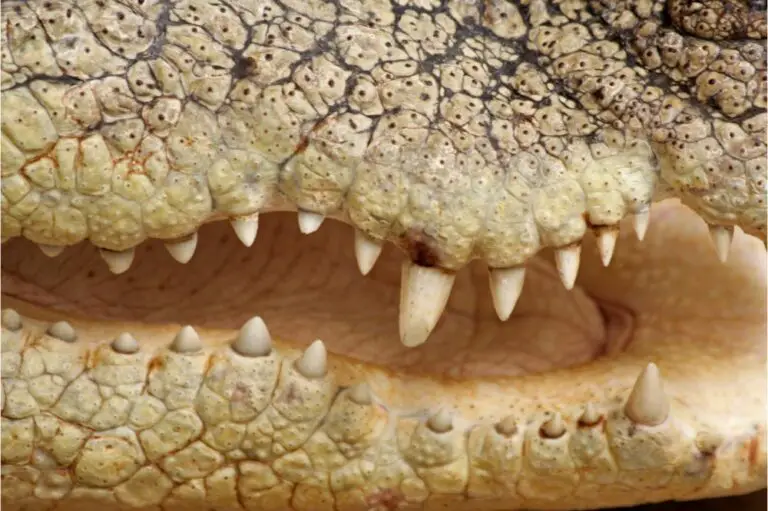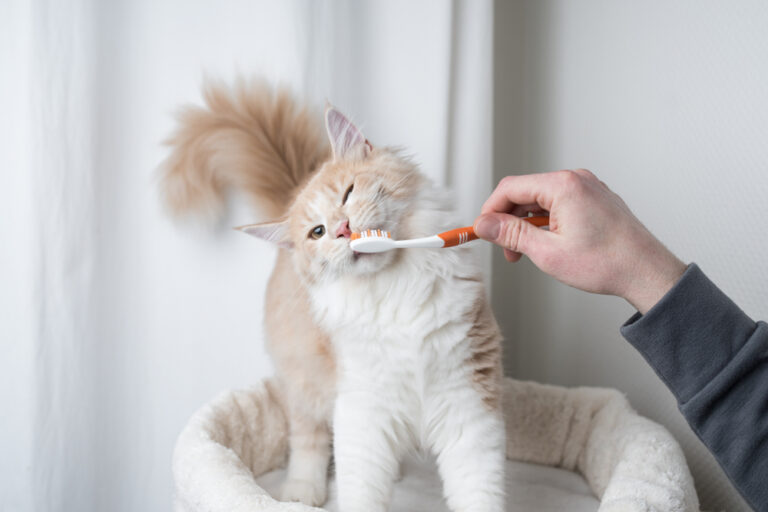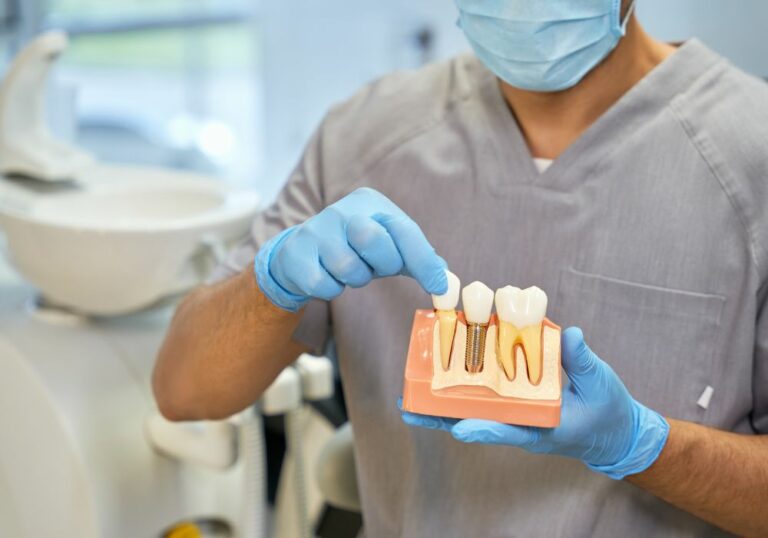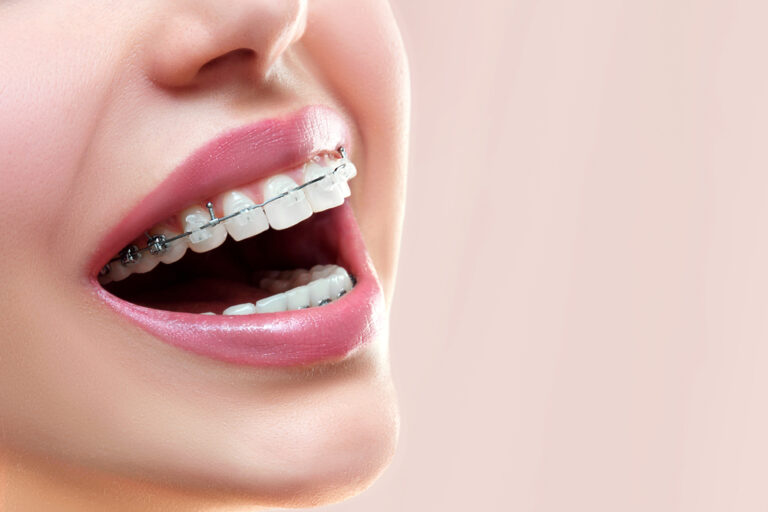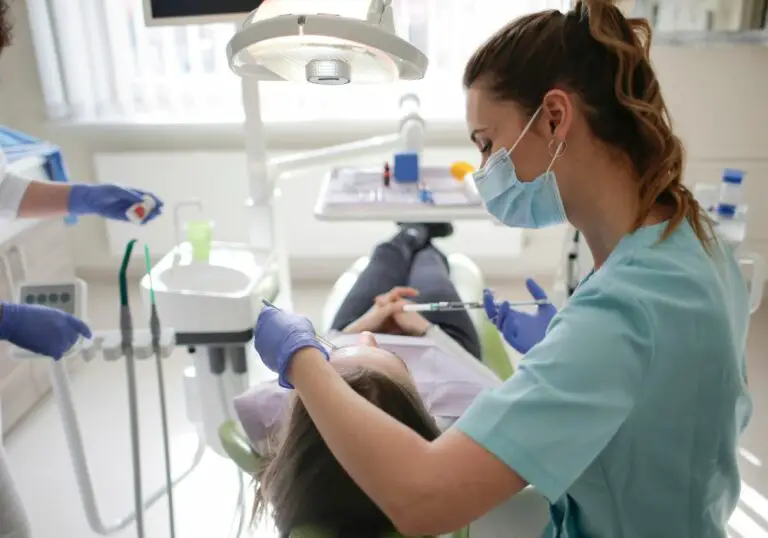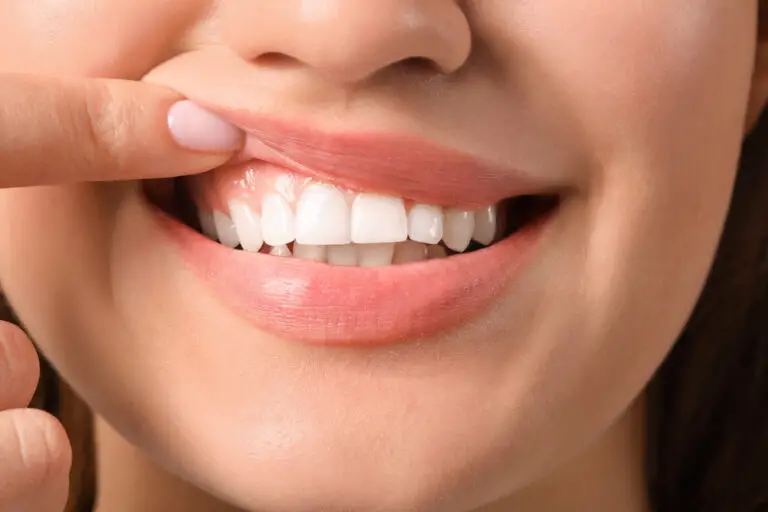If you have a cat, you’re likely to want to do everything you can to ensure your little furball stays in the best possible health, and part of this involves looking after your pet’s teeth.
However, not all cats are likely to enjoy having their teeth brushed, and this can make things problematic. So to help, in this post, we go into the details of how to clean cat teeth to give you some idea of the strategies you can adopt to maintain good dental health in your furry friend.
If you want a preview of some of the things we’re going to be talking about in this post, you can also check out this video before reading on it.
How to brush your cat’s teeth
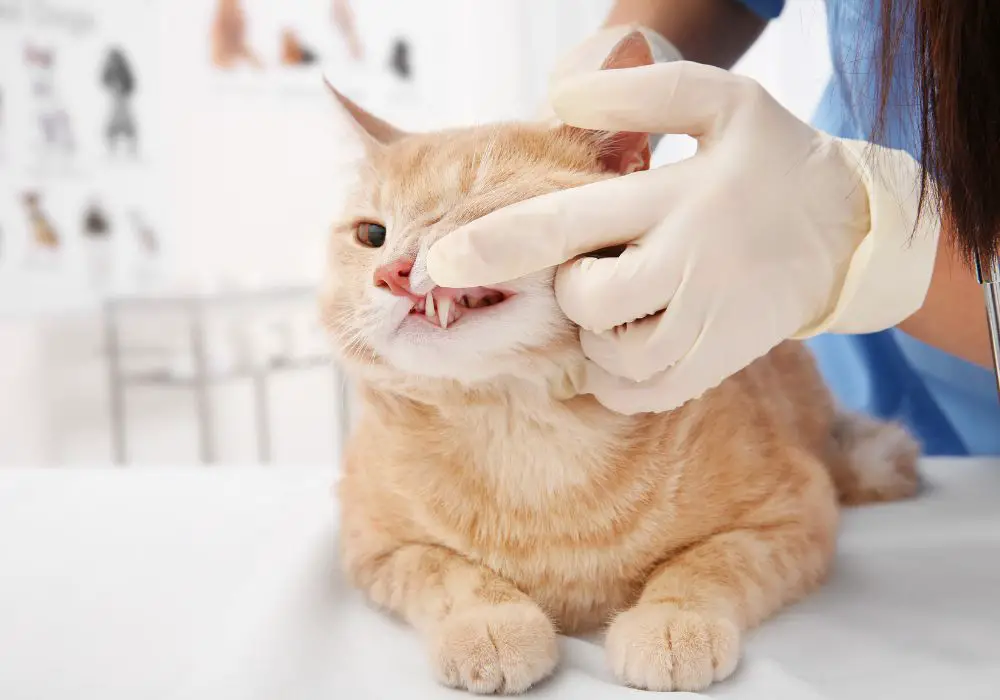
If you have a kitten, you should start brushing its teeth while it’s still small. That way, it will get used to the procedure from an early age and is less likely to resist as it grows older because it will see teeth brushing as just a normal part of the daily routine.
However, even if you have an adult cat, it’s never too late to start brushing – but you may need to take things slowly.
The best way to approach things is to start by simply massaging your cat’s gums with your finger. Pull the cat’s lips back, put your fingers inside the mouth, and massage gently for a few moments or until the cat decides it doesn’t like it anymore.
Repeat the process daily or at least every few days and try to get the cat used to the sensation.
After this, you can move on to brushing with a brush. Again, go slowly – don’t expect to do the whole mouth all in one go.
Brushes, toothpaste, and position
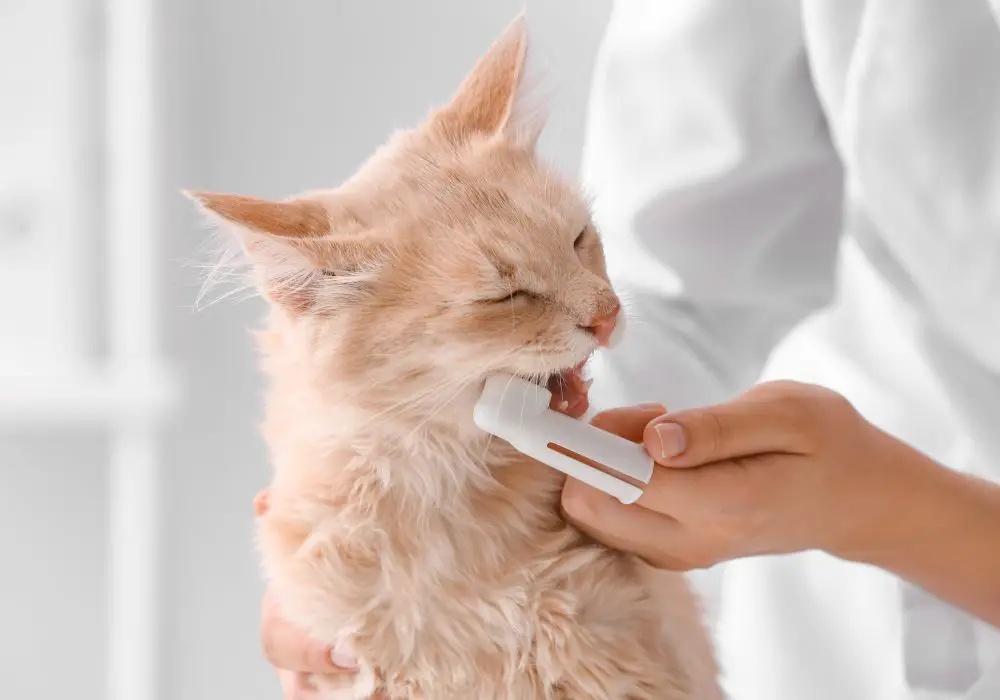
When the time comes to start brushing with a brush, you can use a long-handled model that allows you to reach into the back of the cat’s mouth – or alternatively, you can try a finger brush. Which one works best will depend on your cat, so try experimenting with both types.
You can also buy cat toothpaste with appealing flavors (to cats!) like chicken, fish, or beef – and this might help persuade your kitty to let you brush its teeth. However, never use human toothpaste because the fluoride in it will poison them.
The best position for cat teeth brushing is seated on the floor or on a couch with your cat on your lap with its back to you. Do everything you can to make the experience calm and stress-free like talking to your cat and stroking it as you work.
You’ll need to be patient, and it may help to take lots of breaks. You can also give your cat treats during and after brushing to help bribe it into allowing you to clean its teeth.
How to Clean Cat Teeth without brush
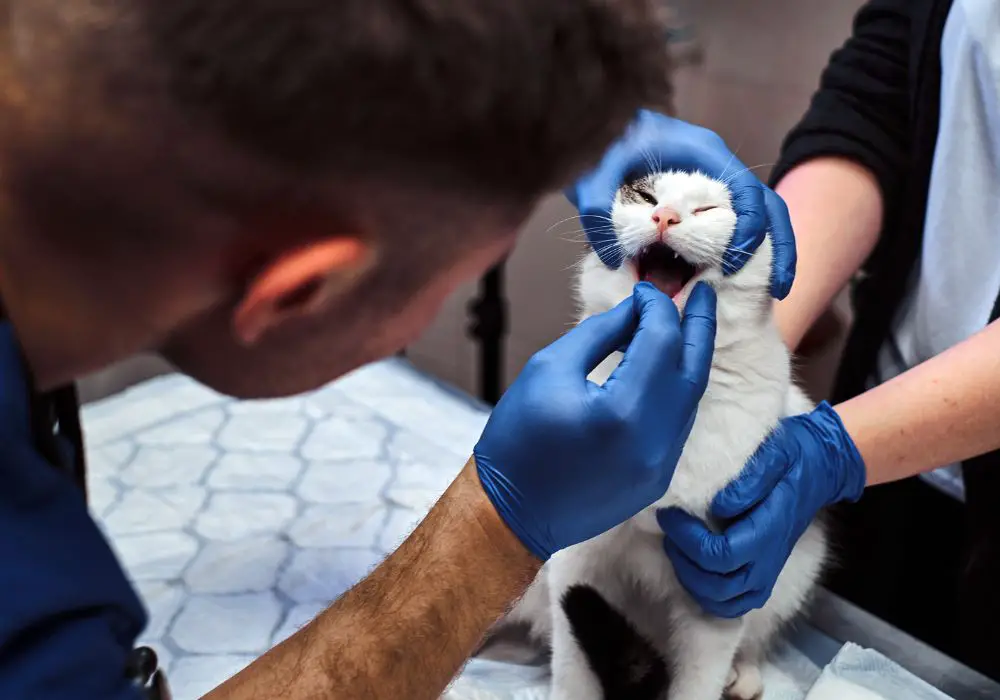
Although brushing your cat’s teeth is the best option, not all cats will permit you to do it, so if you really can’t get into your cat’s mouth with a brush, here are some other options.
-
Chews
In the wild, cats catch animals and chew their bones, and this helps remove plaque from their teeth – and for domestic cats, you can replicate this by giving them chews.
Chews are special treats that cats chew, something that’s good for maintaining the muscles in their jaws – and also for helping to keep their teeth clean.
-
Additives
Another option is to include additives in your cat’s water. This helps break down plaque and fight bacteria, improving your cat’s overall oral health.
-
Dental treats
Dental treats are like chews – but they have additional ingredients that are included to help fight bacteria and freshen kitty’s breath. This means they can be a great idea, even if your cat lets you brush its teeth.
-
Special anti-plaque food
Special cat food exists that helps fight plaque, and if your cat is unwilling to undergo regular brushing, this can be a great option too.
Other important aspects of feline dental care
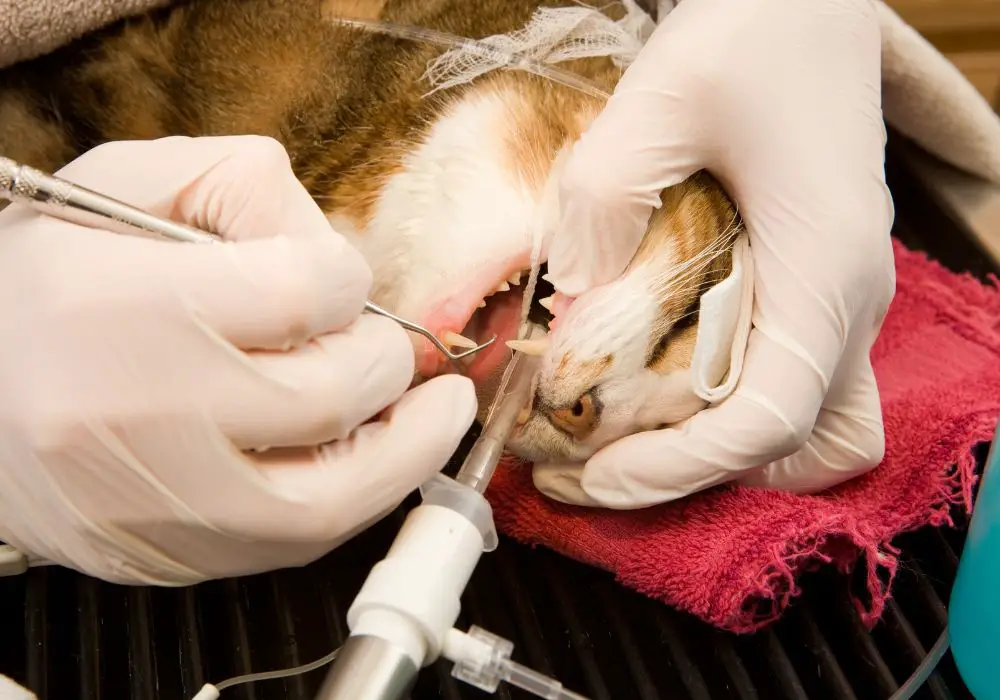
Although brushing your cat’s teeth – or cleaning them using another method if your cat won’t put up with brushing – is of great importance, there are other aspects of cat dental care that you shouldn’t neglect.
-
Check their mouths visually
While humans generally tend to know when something is wrong with their teeth and go to a dentist to get the problem fixed, cats won’t tell you if they’re suffering.
This is why it’s important to keep an eye on their dental health, and one part of this is simply regularly inspecting their teeth visually.
All you need to do is pull your cat’s lips back and look at the state of the teeth.
Make sure that none of the teeth are chipped, broken, or discolored – discoloration can indicate that a tooth is decaying or dead and may need treatment.
Also, make sure you check the gums and the gumline. Healthy gums are pink, so if you see red, swollen, or bleeding gums, this is also a sign that your cat needs to see a vet.
Finally, check for lesions, swelling, or ulcers – these can be signs of stomatitis, a swelling of the mouth and lips, which affects around one in ten cats.
-
Don’t ignore bad breath
Pay attention to your cat’s breath too. Bad breath in cats can be a sign of a dental issue such as an infection that requires treatment – or it could be a sign of another serious underlying health issue that needs to be diagnosed and treated.
-
Take your cat to the vet for an annual checkup and deep cleaning
Just like humans, cats also need regular dental checkups to keep their teeth clean and healthy, so you should request this when you take your cat for its annual health checkup.
During a dental checkup, a cat is anesthetized, which allows the vet to check the cat’s teeth, gums, and, crucially, below the gums.
This will allow the vet to identify any problems and take action early before the issue becomes too serious.
Finally, the vet will perform a deep clean, removing any tartar buildups and making sure that your pet’s teeth are in good condition.
Signs to look out for that your cat has dental problems
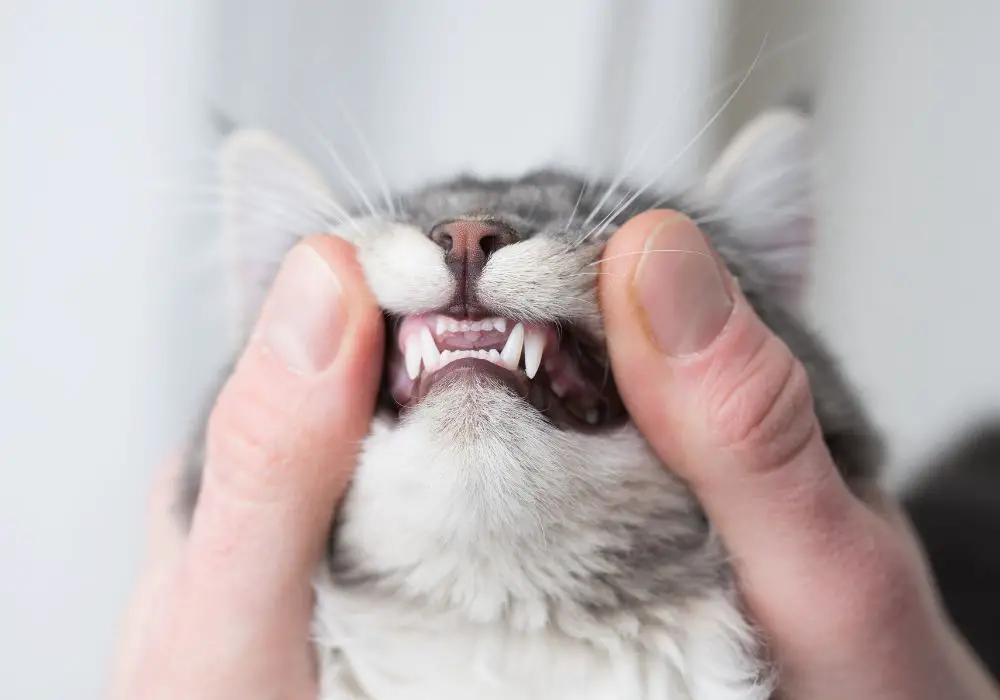
Cats are notorious for hiding any medical issues from their owners, and often, you won’t realize your pet is ailing until things become quite serious.
As a result, you need to pay careful attention to your cat to make sure you don’t miss any of the subtle signs that something is wrong with its teeth.
Here are some of the things you should look out for:
- Loss of appetite
- Drooling
- Bad breath
- Discolored teeth
- Swollen or bleeding gums
- Obvious discomfort in the mouth
- Pawing at the mouth
- Swelling of the face or mouth
If you notice any of these symptoms, you should book an appointment with your vet to get it checked out.
FAQs
1. Do you need to bother with brushing your cat’s teeth?
You might imagine that since cats are essentially semi-wild animals, we don’t need to worry about looking after their teeth, but this would be a mistake.
In a wild state, cats catch small animals like mice and birds, and chewing on their bones helps keep their teeth clean and healthy.
However, domestic cats don’t tend to have the same kind of diet, so it’s up to their owners to look after their teeth.
One of the most important parts of this is removing plaque, a biofilm of bacteria that builds up on the teeth. If plaque is not removed, the buildup can solidify into tartar, which can then lead to problems such as infections, gum disease, and abscesses.
Furthermore, dental health can have a knock-on effect on the overall health of a cat, and poor dental health can lead to serious conditions such as kidney disease, liver disease, heart disease, and diabetes.
So in short, if you want your pet to stay healthy, ignoring proper dental care is not an option.
2. How often do you need to brush your cat’s teeth?
In an ideal world, you would brush your cat’s teeth once a day. However, cats can be notoriously difficult when it comes to things like this, and if your cat refuses to let you clean its teeth, insisting on brushing just twice a week is better than nothing.
3. Can you use regular toothpaste for a cat?
No. Regular human toothpaste contains fluoride, which is poisonous to cats. In addition, cats might not spit the toothpaste out after brushing, which means they end up swallowing the toothpaste instead, and this will make them sick.
An important aspect of cat care
As we’ve seen, making sure your cat has strong, healthy teeth is an essential part of ensuring kitty doesn’t suffer from any dental or other medical problems – and while brushing is the best option, there are other things you can try if your cat refuses to go along with it.
Above all, the most important thing to remember is that ignoring dental health in cats is not an option, so if your cat is stubborn, you’ll just have to persevere and experiment until you find something that works for both you and your pet.

